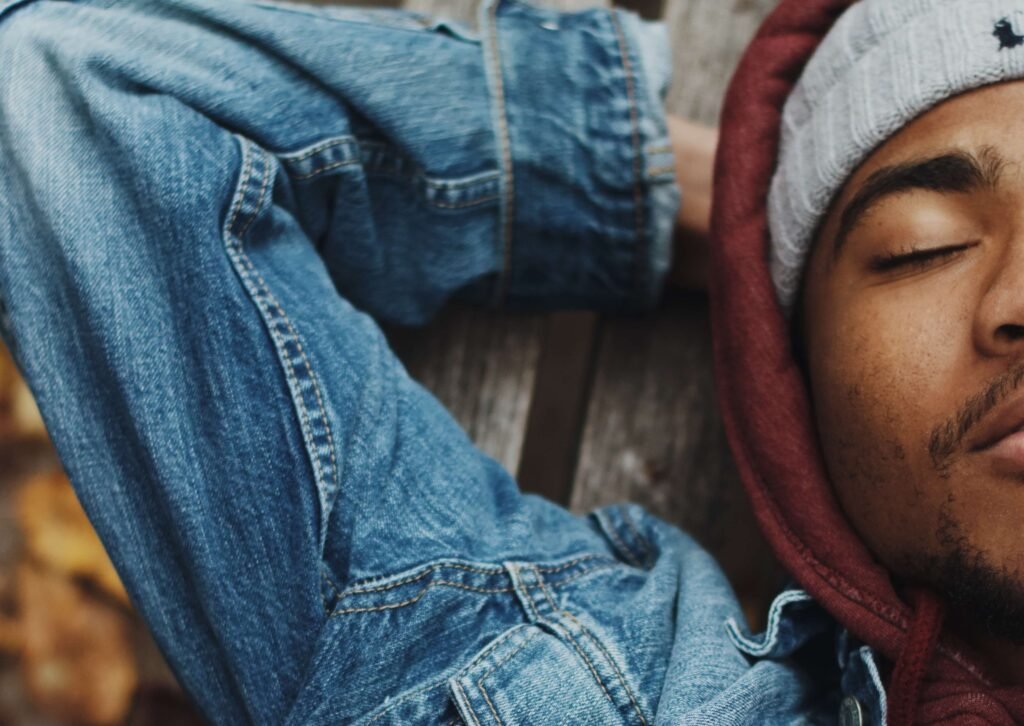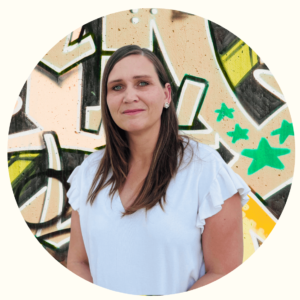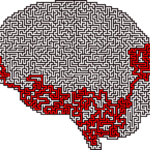Fight-Flight To Rest-Repair

I’m calling myself out! You see, when I wrote my post on ‘High Blood Pressure’, I said that I was going to start resting properly. I promise I did start doing that. I was doing my good solid 30 minutes of re-lax-ation. But I then found out my blood pressure was back to normal so the rest stopped too. But shouldn’t I still be doing this? Don’t my mind and body deserve this? Don’t we all deserve this, sick or not?!
Relaxation In Ancient Times
In Ancient Greece, an important part of a healing journey was the act of leaving your normal environment in order to seek out a sanctuary for rest and recuperation. Similarly, in Victorian times, it was considered standard practice to spend time by the sea or in a spa or bath house to restore oneself. What has happened to this today? Life today is too focused on being rushed and hurried, being productive and conquering to-do lists.
I am choosing to take a quarter-turn (perhaps more!) away from my to-do list. I’m starting to choose to sit in the sun (topping up my Vitamin D as I do so) or read a few more pages of that novel.
The Need For Rest
In today’s particularly hurried and harried world, rest needs more prioritisation. Adequate rest enables your body to switch from a state of fight-and-flight to rest and repair. It signals to your body that it is safe and satiated, that nothing externally needs to be done so work on maintaining and healing your internal systems can take place. Thus, for healing any kind of illness, including Type 1 Diabetes, rest is compulsory. It’s a non-negotiable.
When you rest, your parasympathetic nervous system is activated. The parasympathetic nervous system is the branch of the autonomic nervous system that is responsible for the rest and repair of your body. We want this one in action as much of the time as possible. Our resting facilitates this branch.
The Discomfort Of Rest

This may sound counterproductive but, for now at least, I’ve put relaxation on my to-do list! It’s now one of my daily tasks. I’m going to have to condition my body back into the idea of relaxation. It feels a bit like the starting stages of meditation. You know how it is… That first time you meditate, you try so, so hard to stop thinking that you spend all your time thinking about how you shouldn’t be thinking…!!
Sleep
I am still having some struggles with sleep. Don’t get me wrong… When I’m in bed, I’m usually out like a light. But it takes me a long time to get up those stairs to my bedroom. I procrastinate or, as my husband would say, Dilly and Dally come out to play! I think there are a few reasons for this. Firstly, the godforsaken Netflix. It still sucks me in, despite my best efforts. The combination of the blue light it produces plus the never-ending jump to the next episode makes it hard to switch off. Secondly, there is also a desire to “just get one more thing done” before I get to bed. That is the trauma response. The need to justify rest. The need to persuade myself it’s safe enough, everything is safe enough in my world, for me to go to sleep.
Extending Rest

GET HEALINGT1D’S FUTURE ARTICLES IN YOUR INBOX!
Get the latest musings and findings straight to your email inbox.

Natalie is a blogger with Type 1 Diabetes. Natalie's special gifts are questioning the status quo and being a rebel. She is using these gifts to question medical 'knowledge' and find a true cure for Type 1 Diabetes.
Recent Comments:
- Sandra on Nutrition Update
- latestModapks on Daniel Darkes
- Natalie Leader on Daniel Darkes
- Senna on Daniel Darkes
- Sandra on High Blood Pressure




